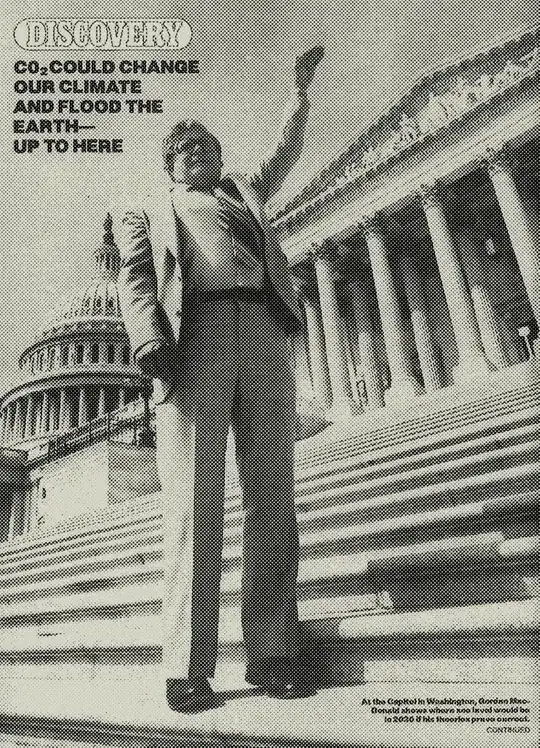The 24 October 1983 report Projecting Future Sea Level Rise: Methodology, Estimates to the Year 2100 , 2nd edition, predicted (mid-range scenario, see table 4.1 on page 39):
by 2000:
8.8-13.2 cm
by 2025:
26.2-39.3 cm
The mid-range scenario assumed a climate sensitivity of 3.0 degrees C per doubling of CO2 concentration. The mid-range scenario was further split into two scenarios, one where rise due to net melting equaled rise due to thermal expansion, and a second where rise due to melting was twice that due to thermal expansion.
In addition to the mid-range scenarios, extreme low and high scenarios, were considered.
In the low scenario assumed was: climate sensitivity of 1.5 degrees per doubling of CO2 concentration, partial mitigation of CO2 increase due to halving the price of nuclear energy, low heat diffusivity of the ocean, low rates of increase of methane, N2O, and CFCs, low economic productivity growth, rise due to net melting equaled rise due to thermal expansion, and a constant 53% of CO2 emissions being retained in the atmosphere.
The low scenario yielded an estimated rise of 4.8cm by 2000 and 13.0cm by 2025.
In the high scenario assumed was: climate sensitivity of 4.5 degrees per doubling of CO2 concentration, high heat diffusivity of the ocean, high rates of increase of methane, N2O, and CFCs, high economic productivity growth, rise due to net melting being double rise due to thermal expansion, and an initial 60% of CO2 emissions rising to 80% being retained in the atmosphere.
The high scenario yielded an estimated rise of 17.1cm by 2000 and 54.9cm by 2025.
Actual change to 2000 was about 3cm and to present about 9cm.
So in summary, all the scenarios resulted in predictions of sea level rise of well below 1 meter by the present (2018) time. Actual rise has been slightly below the lowest of the scenarios.
